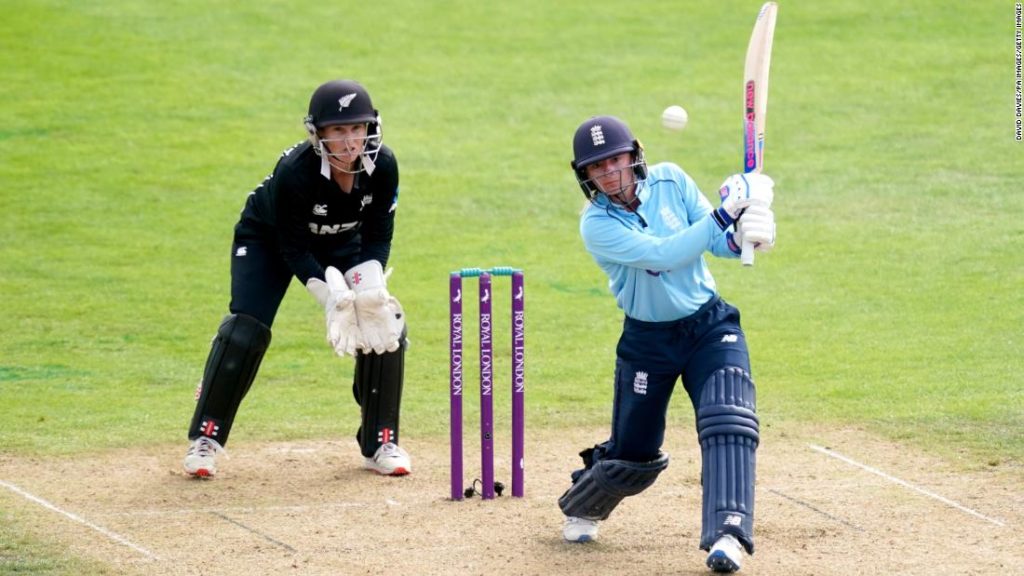When the laws were redrafted in 2017, it was agreed that “batsman” would remain part of the game’s terminology, but the MCC has now said that “batter” is a natural progression for cricket and aligns with the use of terms like “bowlers” and “fielders” that sit within the current laws.
“MCC believes in cricket being a game for all and this move recognizes the changing landscape of the game in modern times,” said Jamie Cox, assistant secretary at the MCC, adding that “the terminology has already been adopted by many of those involved in the sport.”
“If you hate it, grow up. Cricket is a sport for everyone and this is a small but big move.”
“But if you haven’t had that luxury then steps like this are crucial to making everyone feel welcome. Cricket is for everyone.”
Terms such as “third man,” “nightwatchman” and “12th man” are still part of the cricketing vernacular, but are not included in the game’s laws, according to the MCC.
And Hartley said she uses the terms “third,” “short third” and “deep third” when referring to the fielding position traditionally known as “third man.”
Earlier this year, the International Cricket Council (ICC) announced that it would be expanding participation in the Women’s Cricket World Cup and T20 World Cup. The former will feature 10 teams and 48 matches by 2029 and the latter 12 teams and 33 matches by 2026.
Last year’s T20 World Cup final between Australia and India in Melbourne was witnessed by 86,174 fans, setting a new attendance record for a women’s cricket event.
You may also like
-
Super League: UEFA forced to drop disciplinary proceedings against remaining clubs
-
Simone Biles says she ‘should have quit way before Tokyo’
-
Kyrie Irving: NBA star the latest to withhold vaccination status
-
Roger Hunt: English football mourns death of Liverpool striker and World Cup winner
-
‘Every single time I lift the bar, I’m just lifting my country up’: Shiva Karout’s quest for powerlifting glory

